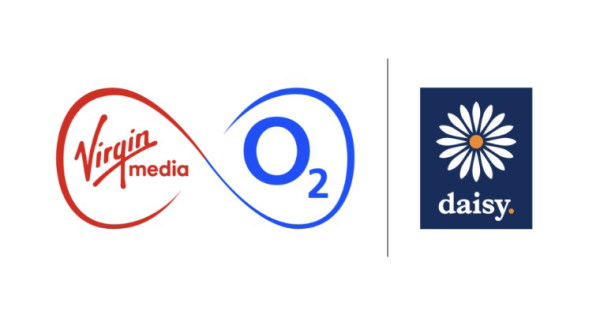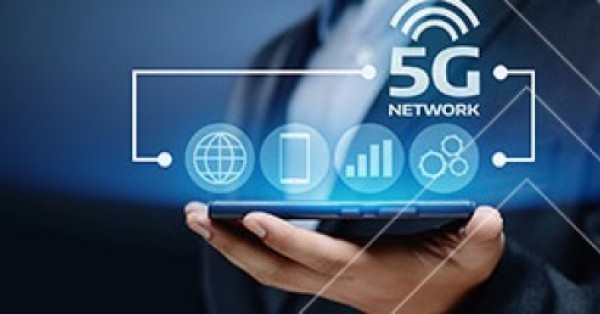In an unprecedented move, Boldyn Networks, WICOAR Technologies, Oulu University Hospital, and the University of Oulu have teamed up in a consortium. Funded by the European Commission under the CEF Digital program, their initiative, dubbed the “Hola 5G Oulu” project, is set to introduce the first-ever private 5G network within an operational European hospital, Oulu University Hospital in Finland. This innovative project aims to harness the power of 5G technology to enhance patient care through wireless wearable technologies.
Launching Private 5G in Healthcare
The collaboration between Boldyn Networks, the University of Oulu, Oulu University Hospital, and WICOAR Technologies marks a significant milestone in healthcare technology. By bringing a private 5G network to Oulu University Hospital, this consortium is enhancing patient care and positioning Oulu as a hub for technological and medical innovation.
Navigating Healthcare’s Technological Hurdles
Healthcare systems worldwide face increasing pressure to improve patient care while managing costs and adapting to rapid technological advances. Traditional hospital networks often struggle with bandwidth and security issues, hindering the deployment of innovative solutions.
The ‘Hola 5G Oulu’ Approach: A Custom 5G Solution
The “Hola 5G Oulu” project addresses these challenges by establishing a robust and secure 5G network specifically designed for the demanding environment of healthcare. Starting with a pilot on one patient ward floor and selected operating theatres, this network lays the groundwork for advanced data sharing, visualization techniques, and the deployment of wireless wearable technologies.
From Concept to Reality: Ensuring Reliability and Performance
Petri Parviainen, Senior Key Account Manager at Boldyn Networks, emphasized the consortium’s dedication to pioneering a solution that will serve as a model for hospitals worldwide. He highlighted the network’s capacity to sustain performance even during power outages, ensuring uninterrupted patient care.
Why 5G is the Future of Healthcare Technology
The choice of 5G for this project is pivotal. Its high capacity and security features make it ideal for supporting wireless solutions in healthcare, where reliability and data protection are paramount.
Enhancing Patient Care with Wearable 5G Technologies
The introduction of wireless wearable technologies promises a sea change for patients and healthcare professionals alike. These devices will enable real-time monitoring and diagnostics, reducing nurses’ administrative tasks and allowing doctors to spend more time with patients. Furthermore, the ability for anesthetists to remotely monitor surgeries enhances patient safety and operational efficiency.
Setting New Standards: The Hospital of the Future
Oulu University Hospital’s transition to a 5G-powered facility represents a significant leap forward in healthcare. By integrating cutting-edge technology into daily operations, the hospital is setting a new standard for patient care and operational efficiency.
Boldyn Networks: Engineering the 5G Healthcare
Boldyn Networks brings its expertise in creating bespoke private networks for large venues to the healthcare sector, demonstrating the versatility and impact of 5G technology beyond traditional applications.
Collaborative Innovation: The Consortium’s Contribution
Each consortium member plays a crucial role, from developing the network infrastructure to ensuring the seamless integration of wearable technologies into clinical practice, all while prioritizing patient safety and data security.
Milestones Achieved: Funding and Future Directions
The project has officially received funding from the European Commission, signaling the start of a transformative journey for Oulu University Hospital and the broader healthcare industry.
While the project’s initial phase focuses on deploying the network in selected areas of the hospital, the long-term vision includes a hospital-wide rollout that will solidify Oulu’s status as a center of medical and technological excellence.
Endorsements: Public-Private Partnerships Fueling Innovation
Kirsti Ylitalo-Katajisto, Pohde’s social and healthcare organizing director, emphasized the importance of public-private partnerships in driving technological innovation in healthcare. The EU’s support underscores the project’s significance and its potential to benefit patients and healthcare providers across Europe.
In conclusion, the “Hola 5G Oulu” project represents a pioneering effort to leverage 5G technology in healthcare, promising to enhance patient care, improve operational efficiencies, and set a new benchmark for hospitals worldwide. As Europe’s first hospital with a private 5G network, Oulu University Hospital is at the forefront of a technological revolution that could redefine healthcare for the better.
























